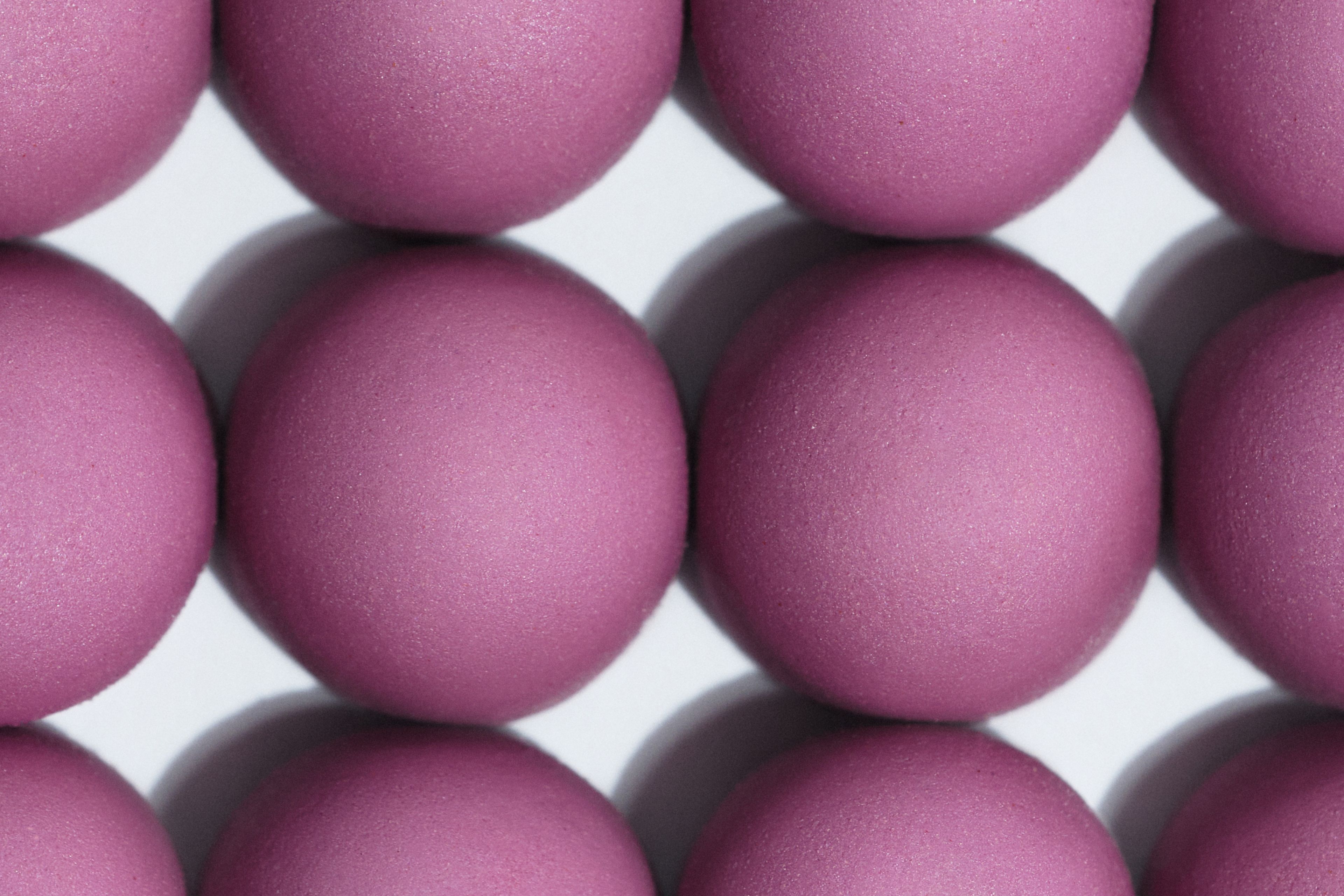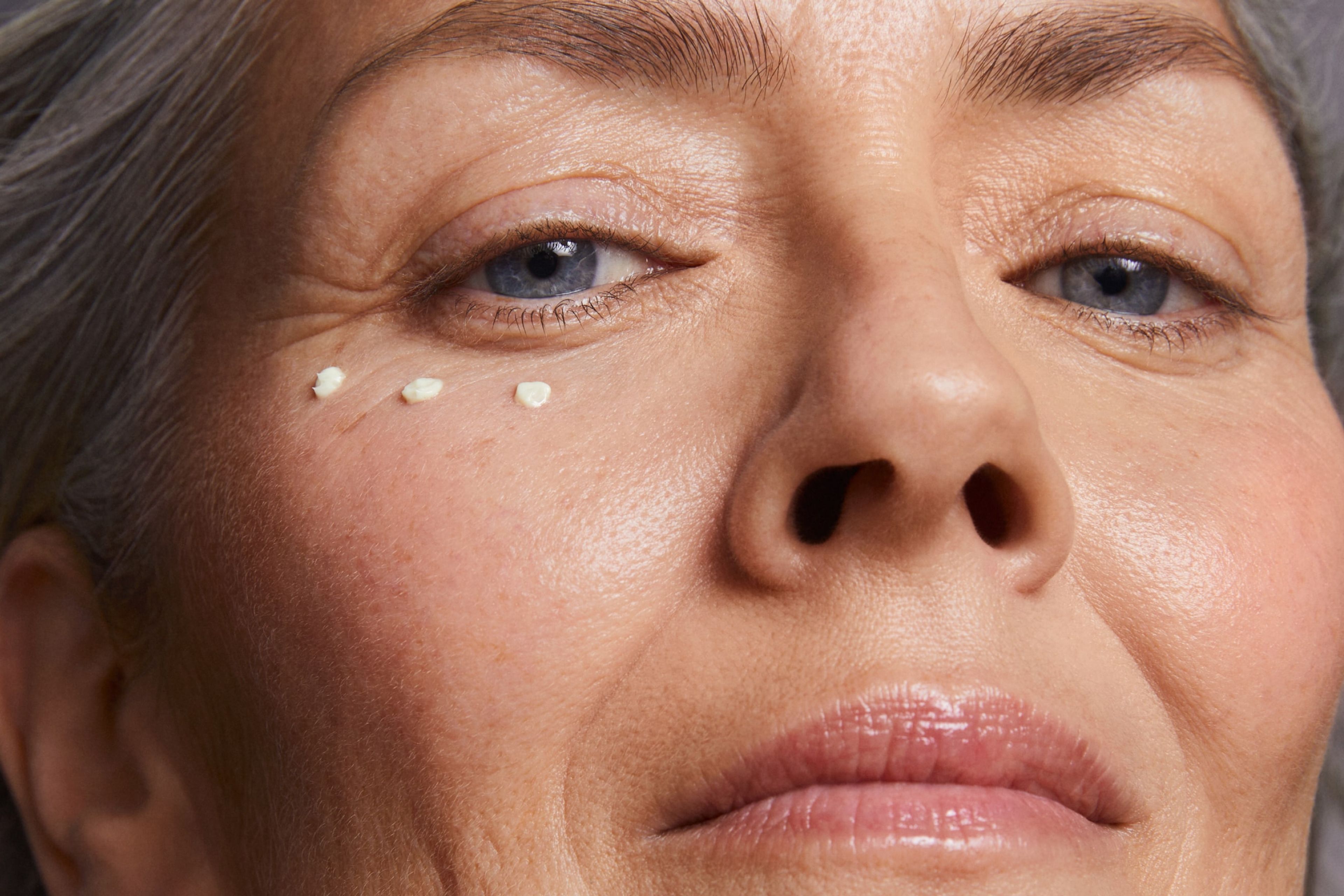Is Your Moisturizer Drying Out Your Skin?
Could your moisturizer be drying out your skin? Discover how some moisturizers can worsen dryness and how to select the right one for you!
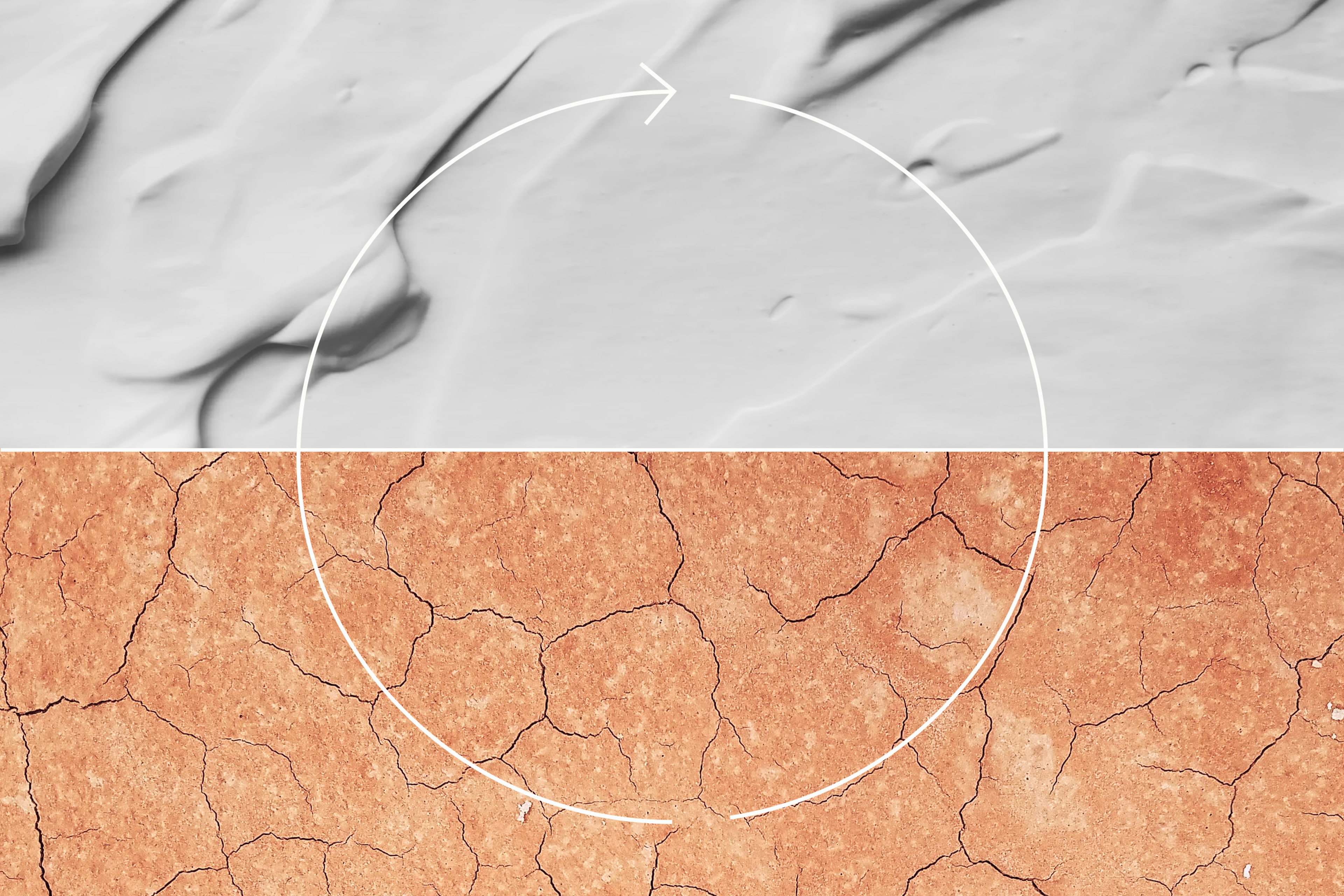
What to know
Some moisturizers can worsen dryness by disrupting the skin barrier or relying on unbalanced formulations.
Effective moisturizers need the right blend of humectants, emollients, and occlusives.
Harsh alcohols, synthetic fragrances, and pH imbalances can undermine your skin’s hydration.
Science-backed ingredients like prickly pear, squalene, and red algae offer superior hydration and skin barrier support.
Timeline’s Mitopure-powered moisturizers combine hydration and cellular renewal for optimal winter skin care.
You reach for your moisturizer, expecting relief and hydration. But what if the product you’re relying on is secretly sabotaging you? Many moisturizers promise hydration but ultimately damage or dry your skin.
The good news?
With the right knowledge and products, you can break the cycle and give your skin the hydration it craves. Discover how moisturizers really work, why some fail to deliver, and how science-backed skincare can transform your routine.
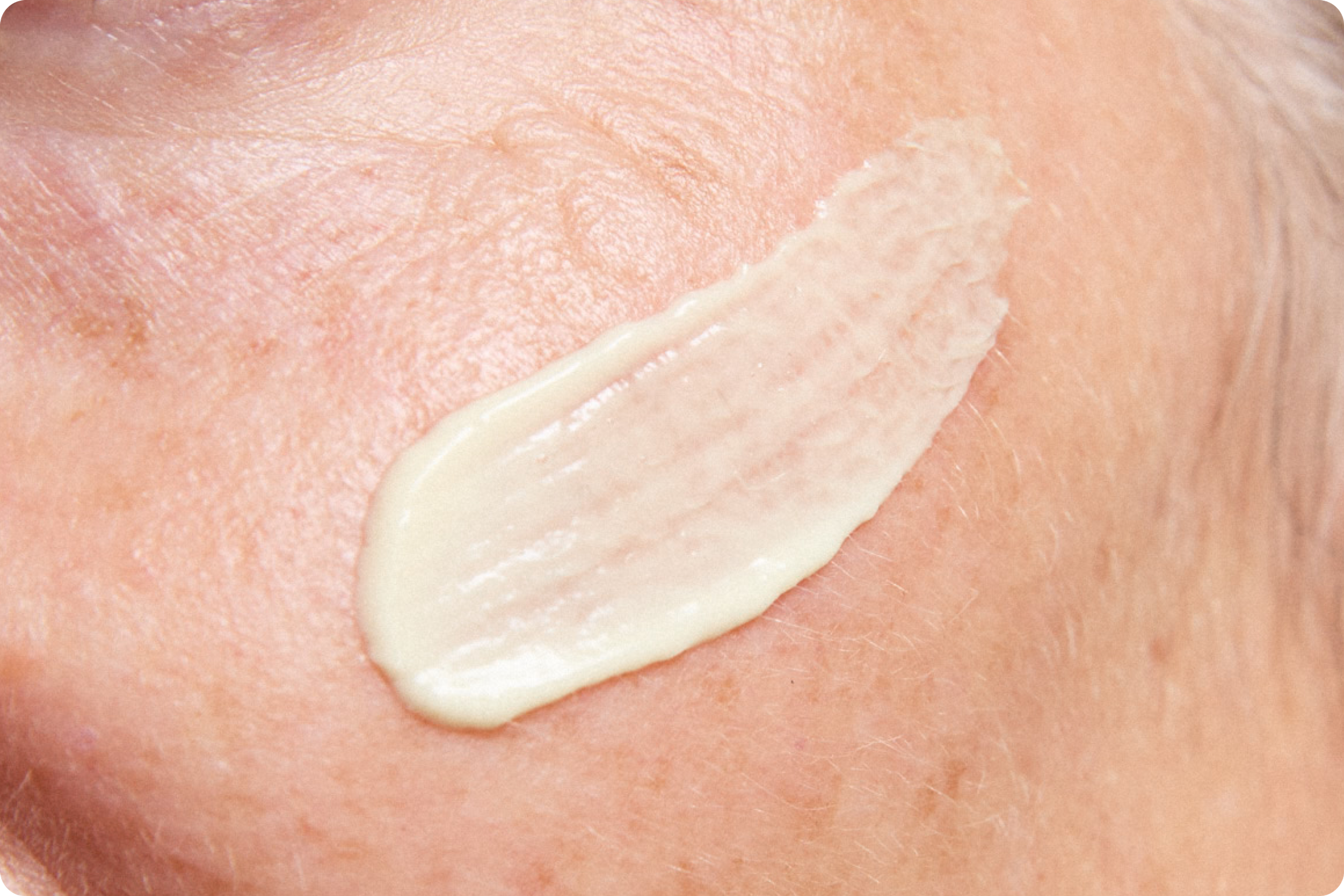
How Does Your Moisturizers Work?
Moisturizers are designed to maintain and enhance your skin’s hydration levels by supporting its natural barrier. They typically contain three key types of ingredients:
- Humectants: These tiny magnets attract water into the skin. Common examples include glycerin and hyaluronic acid.[1]
- Emollients: These substances lubricate and soften the skin, helping to repair barrier damage. Ingredients like squalene and shea butter fall into this category.
- Occlusives: These heavy oils form a protective layer on the skin’s surface to prevent water from evaporating. Examples include beeswax and lanolin.[2]
If your moisturizer lacks the right combination of humectants, emollients, and occlusives or relies too heavily on one, it could leave your skin drier than before.
Signs Your Moisturizer Might Be Drying Out Your Skin
If you’ve ever felt like your skin is paradoxically dry after moisturizing, you’re not alone. Here are some common red flags to watch for:
- Persistent Dryness: Your skin feels tight or flaky even after using moisturizer.
- Dependency: You feel the need to reapply moisturizer multiple times a day without lasting relief.
- Sensitivity: Irritation or sensitization of your skin over time can indicate that your product is disrupting your skin barrier.
If any of these symptoms sound familiar, your moisturizer might be to blame.
Common Moisturizer Pitfalls
Not all moisturizers are created equal. Some formulations can backfire, especially during winter when your skin is most vulnerable. Steer clear of moisturizers with these common yet irritating ingredients:
1. Harsh Alcohols
Certain types of alcohol, like ethanol or denatured alcohol, are often added to skincare products for their quick-drying, lightweight feel. However, these can strip your skin of its natural oils and exacerbate dryness.[3]
However, not all alcohols are troublesome. In fact, fatty alcohols like cetyl alcohol actually function as emollients, meaning they soften the skin and reduce water loss.
2. Over-Reliance on Humectants
Humectants like hyaluronic acid are very common in moisturizing products, capturing water molecules from the surrounding air to hydrate your skin.
The challenge is humectants are only effective above 70% relative humidity. This means that in humid environments, there is plenty of moisture in the air to pull from. However, in dry or cold climates, humectants can draw moisture from deeper layers of your skin, leading to dehydration rather than hydration.[4]
To avoid dehydration, use a facial mist immediately before applying; this functions as a decoy, giving your humectant alternative moisture to bind to. Additionally, look for products that pair a humectant with occlusives.
3. Low-Quality Emollients
Not all emollients are created equal. Nourishing emollients like cholesterols and lipids imitate the skin's natural fats, enhancing the lipid barrier. Over time, this reduces the amount of water evaporating from the skin.[5]
If you have acne-prone skin, stick to non-comedogenic emollients like prickly pear and squalene.
4. Toxic Ingredients
Many moisturizers include toxic ingredients that can damage your skin barrier over time, contributing to dryness, irritation, and even long-term health concerns.
- Synthetic fragrances, considered a common culprit, are often hidden under the term "parfum" on ingredient lists. These can trigger sensitivity, disrupt the skin barrier, and even cause allergic reactions.[6]
- Parabens, widely used as preservatives, have been linked to hormonal disruption and are a growing concern among conscious consumers.[7]
- Silicones. While offering a smooth application, there have been some concerns that they can create a layer on the skin, which may trap impurities and prevent it from breathing.
Tools like Yuka, a popular app that rates personal care products based on their ingredients, can help identify these problematic components. By scanning a product, Yuka assigns a score based on health and safety, flagging potentially harmful chemicals.
5. Microbiome-Friendly Formula
The skin’s pH level is crucial in maintaining its barrier function. Healthy skin is slightly acidic, with a natural pH of around 4.1-5.8. This acidity helps protect against harmful bacteria, supporting the skin’s microbiome.
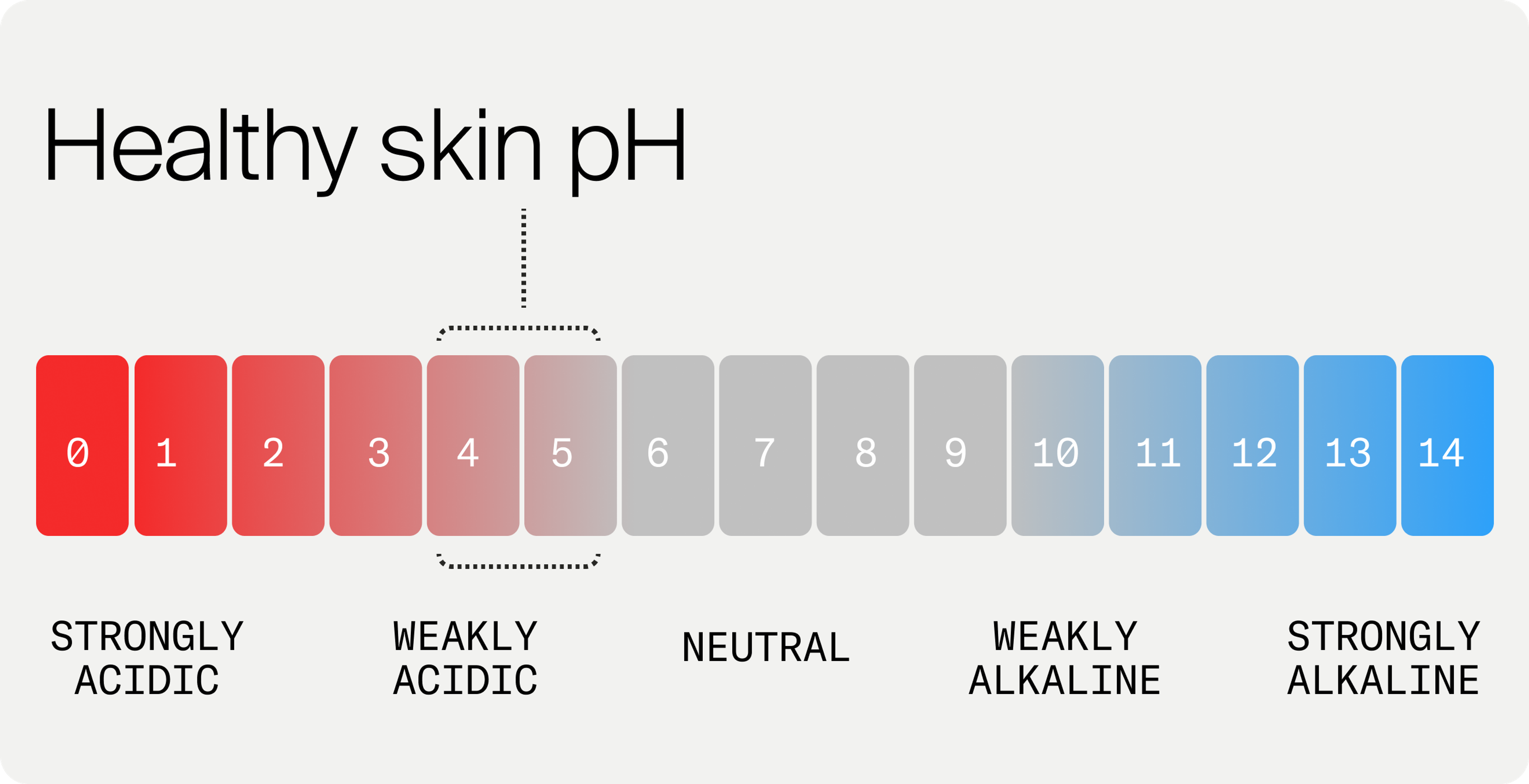
When the pH of your moisturizer is too high or too low, it can weaken the skin barrier, leading to increased water loss.
The Winter Angle: Why Your Skin Needs Special Care
Winter skincare isn’t just a matter of preference—it’s a necessity.
Cold weather, dry indoor heat, and relentless environmental stressors make winter an unforgiving season for your skin.[8] During this season, the wrong moisturizer can amplify dryness instead of relieving it.
What to Look for in a Moisturizer
The key to a genuinely hydrating moisturizer lies in its formulation. Whether you're dealing with winter dryness or a damaged skin barrier, the right moisturizer should provide comprehensive benefits.
Science-Backed Ingredients
A high-quality moisturizer, like Timeline’s, should contain ingredients backed by scientific research that hydrate, protect, and enhance your skin’s natural functions. Let’s break down some key ingredients that can make a significant difference in your skincare routine:
- Trehalose: A humectant that offers long-lasting hydration.[9]
- Squalene: This powerful emollient provides deep hydration and repairs dry, flaky skin.[10]
- Green Tea: Packed with polyphenols, green tea strengthens and provides gentle hydration to the skin.[11]
- Prickly Pear: The linoleic acid in prickly pear makes it a hydrating powerhouse.[12]
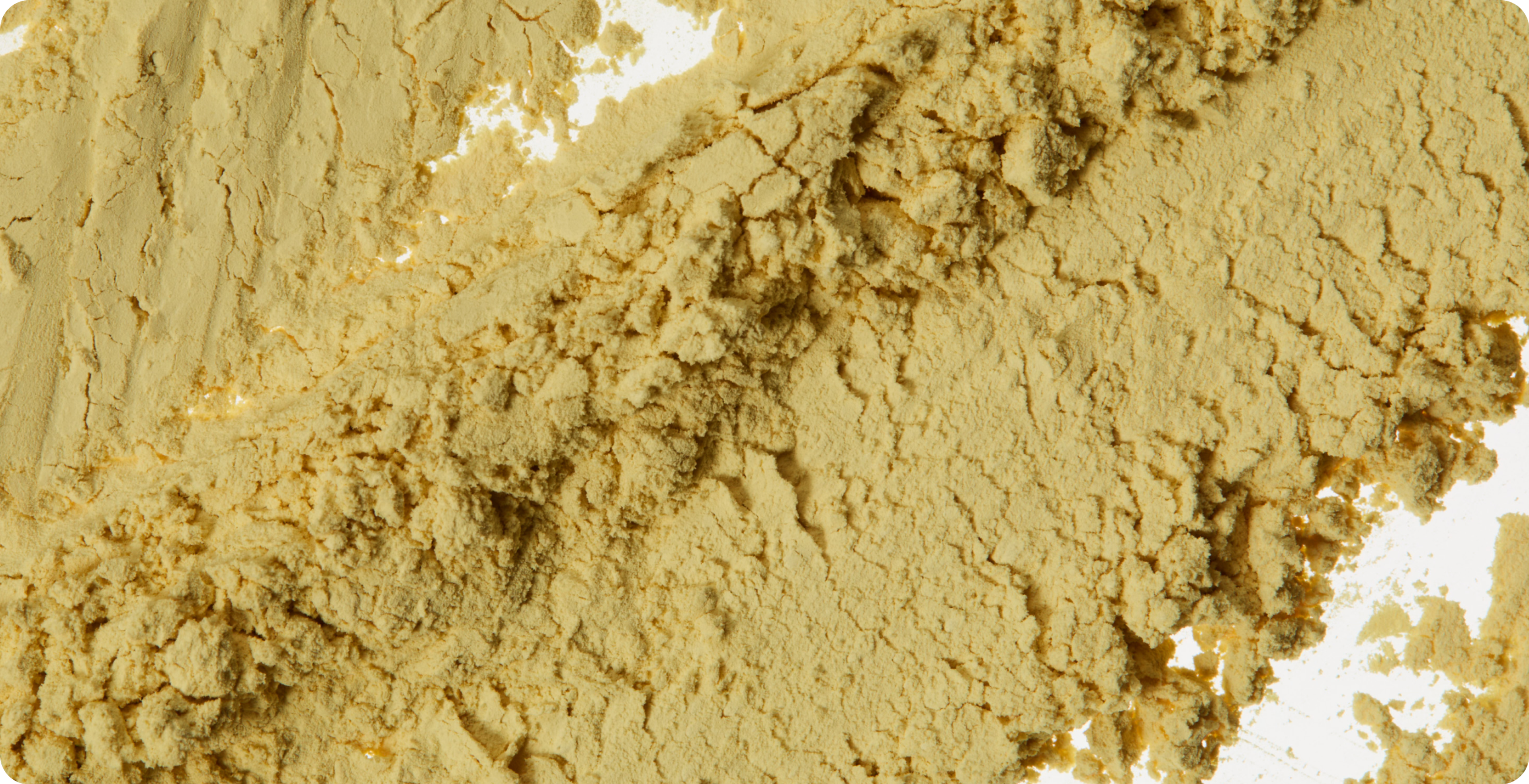
Mitopure®
Mitopure®, found in Timeline’s skincare line, is a bioactive compound clinically proven to energize skin cells, targeting both the internal and external factors that contribute to skin aging.[13]
The Timeline clinical trials demonstrate Mitopure's ability to visibly improve the appearance of fine lines and wrinkles while supporting an optimal environment for our skin cells.[14]
Why Timeline’s Moisturizers Are the Solution for Winter Skin
Timeline’s moisturizers provide immediate, long-lasting hydration while addressing the root causes of skin aging, making them perfect for winter’s harsh conditions. Each product combines Mitopure® with hydrating ingredients like squalene, prickly pear, green tea, and trehalose to nourish and protect your skin.
Timeline’s Skin Health products are also free of parabens, mineral oil, sulfates, synthetic fragrances, and synthetic colors, scoring a Yuka score of 93/100!
The Serum
Formulated with Mitopure and bioactive peptides, The Serum delivers an instant boost of hydration. 100% of users reported their skin felt immediately hydrated, nourished, and supple after use. It energizes skin cells and protects against winter stressors for a refreshed complexion.

The Serum
Bestseller4.6 · 131 reviews
Lifts the skin. Powered by Mitopure®
The Day Cream
With squalene, prickly pear extract, and Mitopure, The Day Cream locks in moisture and creates a protective barrier. 100% of users agreed that their skin felt immediately hydrated, nourished, and supple, while defending against environmental stress.
The Night Cream
The Night Cream combines shea butter, peptides, and Mitopure to restore and hydrate overnight. 93% of users felt their skin was immediately nourished and supple after use, waking up to soft, smooth skin.
Timeline’s moisturizers not only intensely hydrate your skin, they also promote true skin longevity.
Don't Know Where to Start?
The Night Cream's rich hydration locks in moisture overnight but can also be used during the day to combat excessive winter dryness. The formula is light enough to not leave your skin feeling greasy or weighed down. It's deeply nourishing formulation is perfect for keeping your skin healthy and glowing through the harsh winter months.
Give it a try!

The Night Cream
4.7 · 130 reviews
Regenerates the skin's appearance. Powered by Mitopure®
Authors

Written by
Freelance writer

Reviewed by
Senior Manager of Nutrition Affairs
References
- ↑
Lynde C. W. (2001). Moisturizers: what they are and how they work. Skin therapy letter, 6(13), 3–5.
- ↑
Lynde C. W. (2001). Moisturizers: what they are and how they work. Skin therapy letter, 6(13), 3–5.
- ↑
Lachenmeier D. W. (2008). Safety evaluation of topical applications of ethanol on the skin and inside the oral cavity. Journal of occupational medicine and toxicology (London, England), 3, 26. https://doi.org/10.1186/1745-6673-3-26
- ↑
Harwood A, Nassereddin A, Krishnamurthy K. Moisturizers. [Updated 2024 Feb 12]. In: StatPearls [Internet]. Treasure Island (FL): StatPearls Publishing; 2025 Jan-. Available from: https://www.ncbi.nlm.nih.gov/books/NBK545171/
- ↑
Lodén M. (2003). Role of topical emollients and moisturizers in the treatment of dry skin barrier disorders. American journal of clinical dermatology, 4(11), 771–788. https://doi.org/10.2165/00128071-200304110-00005
- ↑
Panico, A., Serio, F., Bagordo, F., Grassi, T., Idolo, A., DE Giorgi, M., Guido, M., Congedo, M., & DE Donno, A. (2019). Skin safety and health prevention: an overview of chemicals in cosmetic products. Journal of preventive medicine and hygiene, 60(1), E50–E57. https://doi.org/10.15167/2421-4248/jpmh2019.60.1.1080
- ↑
Panico, A., Serio, F., Bagordo, F., Grassi, T., Idolo, A., DE Giorgi, M., Guido, M., Congedo, M., & DE Donno, A. (2019). Skin safety and health prevention: an overview of chemicals in cosmetic products. Journal of preventive medicine and hygiene, 60(1), E50–E57. https://doi.org/10.15167/2421-4248/jpmh2019.60.1.1080
- ↑
Park, E. H., Jo, D. J., Jeon, H. W., & Na, S. J. (2023). Effects of winter indoor environment on the skin: Unveiling skin condition changes in Korea. Skin research and technology : official journal of International Society for Bioengineering and the Skin (ISBS) [and] International Society for Digital Imaging of Skin (ISDIS) [and] International Society for Skin Imaging (ISSI), 29(6), e13397. https://doi.org/10.1111/srt.13397
- ↑
Wada, S. I., Arimura, H., Nagayoshi, M., Sawa, R., Kubota, Y., Matoba, K., Hayashi, C., Shibuya, Y., Hatano, M., Takehana, Y., Ohba, S. I., Kobayashi, Y., Watanabe, T., Shibasaki, M., & Igarashi, M. (2022). Rediscovery of 4-Trehalosamine as a Biologically Stable, Mass-Producible, and Chemically Modifiable Trehalose Analog. Advanced biology, 6(6), e2101309. https://doi.org/10.1002/adbi.202101309
- ↑
Huang, Z. R., Lin, Y. K., & Fang, J. Y. (2009). Biological and pharmacological activities of squalene and related compounds: potential uses in cosmetic dermatology. Molecules (Basel, Switzerland), 14(1), 540–554. https://doi.org/10.3390/molecules14010540
- ↑
Tjandra, O., Wijayadi, L., & Rumawas, M. (2018). Green tea moisturizer improves skin hydration in elderly. , 37, 3-12. https://doi.org/10.18051/UNIVMED.2018.V37.3-12.
- ↑
Wang, X., Jia, Y., & He, H. (2024). The Role of Linoleic Acid in Skin and Hair Health: A Review. International journal of molecular sciences, 26(1), 246. https://doi.org/10.3390/ijms26010246
- ↑
D’Amico, D., Fouassier, A., Faitg, J., Hennighausen, N., Brandt, M., Konstantopoulos, D., Rinsch, C., & Singh, A. (2023b, January 1). Topical application of urolithin a slows intrinsic skin aging and protects from UVB-mediated photodamage: Findings from Randomized Clinical Trials. medRxiv. https://www.medrxiv.org/content/10.1101/2023.06.16.23291378v1.full
- ↑
Topical application of Urolithin A slows intrinsic skin aging and protects from UVB-mediated photodamage: Findings from Randomized Clinical Trials
D D’Amico, AM Fouassier, J Faitg, N Hennighausen, M Brandt, D Konstantopoulos, C Rinsch, A Singh
medRxiv 2023.06.16.23291378; doi: https://doi.org/10.1101/2023.06.16.23291378

•
Skincare•
The Eye Cream: Clinically Proven, Cellularly Powered

•
Skincare•






